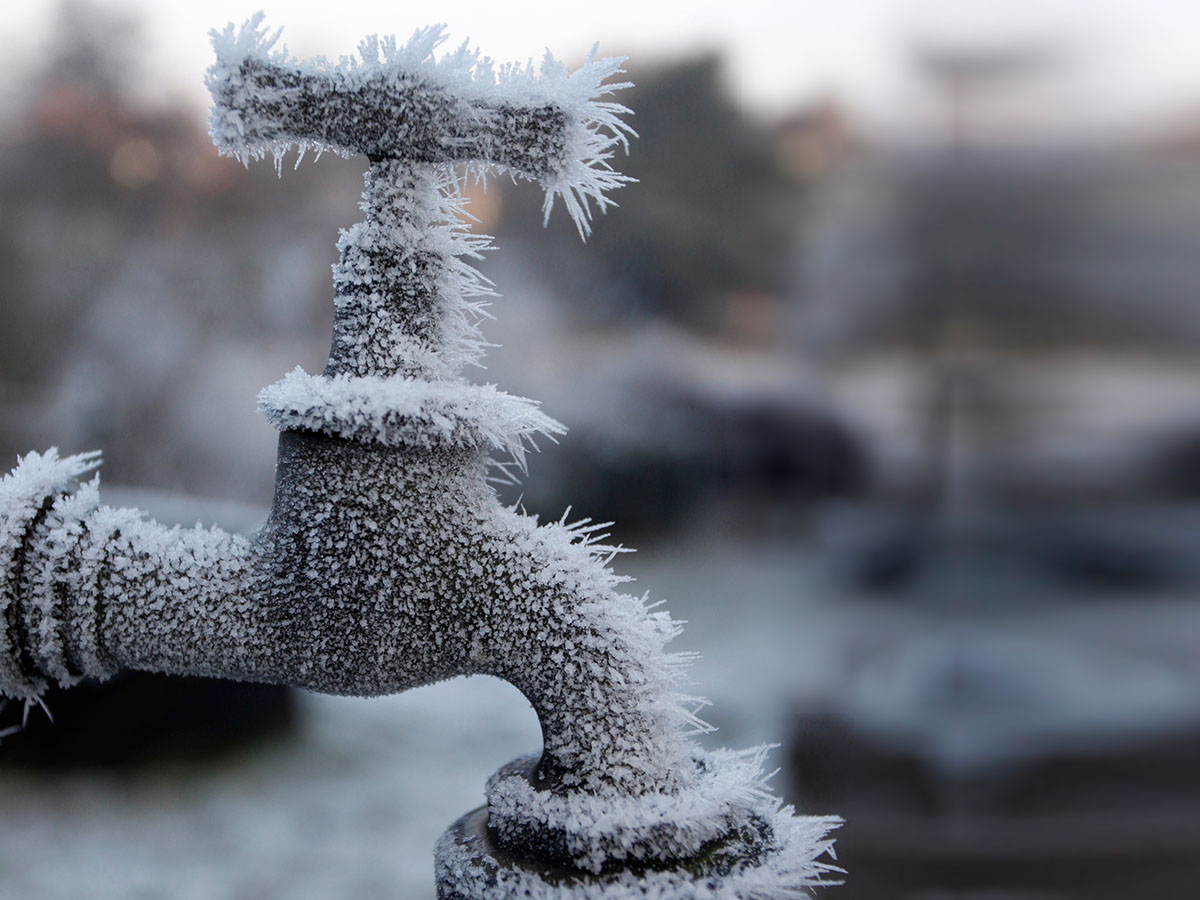Ways to Protect Pipes from Freezing: Professional Guidance
Ways to Protect Pipes from Freezing: Professional Guidance
Blog Article
This great article down below about Winter Plumbing Precautions: Preventing Frozen Pipes is totally insightful. Don't bypass it.

Winter can ruin your plumbing, especially by freezing pipes. Here's just how to prevent it from occurring and what to do if it does.
Intro
As temperatures decline, the threat of icy pipes rises, possibly resulting in pricey repair services and water damages. Recognizing how to prevent icy pipelines is important for home owners in chilly environments.
Prevention Tips
Shielding susceptible pipelines
Wrap pipelines in insulation sleeves or make use of heat tape to safeguard them from freezing temperature levels. Concentrate on pipelines in unheated or exterior areas of the home.
Heating techniques
Maintain interior spaces effectively heated, specifically locations with pipes. Open cupboard doors to enable cozy air to flow around pipes under sinks.
Exactly how to determine icy pipelines
Seek reduced water flow from faucets, unusual smells or sounds from pipelines, and visible frost on exposed pipelines.
Long-Term Solutions
Architectural modifications
Take into consideration rerouting pipelines away from outside walls or unheated areas. Include added insulation to attics, basements, and crawl spaces.
Upgrading insulation
Invest in high-grade insulation for pipes, attics, and wall surfaces. Proper insulation assists preserve consistent temperatures and reduces the risk of icy pipes.
Shielding Outside Pipes
Yard hoses and outside taps
Separate and drain pipes garden hoses before winter season. Mount frost-proof spigots or cover exterior taps with shielded caps.
Comprehending Icy Pipelines
What triggers pipelines to freeze?
Pipes ice up when revealed to temperatures below 32 ° F (0 ° C) for extended durations. As water inside the pipelines freezes, it increases, putting pressure on the pipeline wall surfaces and potentially triggering them to rupture.
Threats and problems
Frozen pipes can cause water system interruptions, building damage, and pricey repairs. Ruptured pipelines can flood homes and create substantial architectural damages.
Indicators of Frozen Pipes
Recognizing frozen pipelines early can prevent them from breaking.
What to Do If Your Pipes Freeze
Immediate actions to take
If you think frozen pipelines, keep faucets available to soothe pressure as the ice thaws. Use a hairdryer or towels taken in warm water to thaw pipes slowly.
Verdict
Avoiding frozen pipelines needs proactive steps and quick responses. By comprehending the reasons, indicators, and preventive measures, house owners can secure their plumbing throughout winter.
5 Ways to Prevent Frozen Pipes
Drain Outdoor Faucets and Disconnect Hoses
First, close the shut-off valve that controls the flow of water in the pipe to your outdoor faucet. Then, head outside to disconnect and drain your hose and open the outdoor faucet to allow the water to completely drain out of the line. Turn off the faucet when done. Finally, head back to the shut-off valve and drain the remaining water inside the pipe into a bucket or container. Additionally, if you have a home irrigation system, you should consider hiring an expert to clear the system of water each year.
Insulate Pipes
One of the best and most cost-effective methods for preventing frozen water pipes is to wrap your pipes with insulation. This is especially important for areas in your home that aren’t exposed to heat, such as an attic. We suggest using foam sleeves, which can typically be found at your local hardware store.
Keep Heat Running at 65
Your pipes are located inside your walls, and the temperature there is much colder than the rest of the house. To prevent your pipes from freezing, The Insurance Information Institute suggests that you keep your home heated to at least 65 degrees, even when traveling. You may want to invest in smart devices that can keep an eye on the temperature in your home while you’re away.
Leave Water Dripping
Moving water — even a small trickle — can prevent ice from forming inside your pipes. When freezing temps are imminent, start a drip of water from all faucets that serve exposed pipes. Leaving a few faucets running will also help relieve pressure inside the pipes and help prevent a rupture if the water inside freezes.
Open Cupboard Doors
Warm your kitchen and bathroom pipes by opening cupboards and vanities. You should also leave your interior doors ajar to help warm air circulate evenly throughout your home.

I ran across that review on How to prepare your home plumbing for winter weather while looking around the internet. Enjoyed reading our piece? Please quickly share it. Let another person discover it. Bless you for being here. Return soon.
Quote Report this page